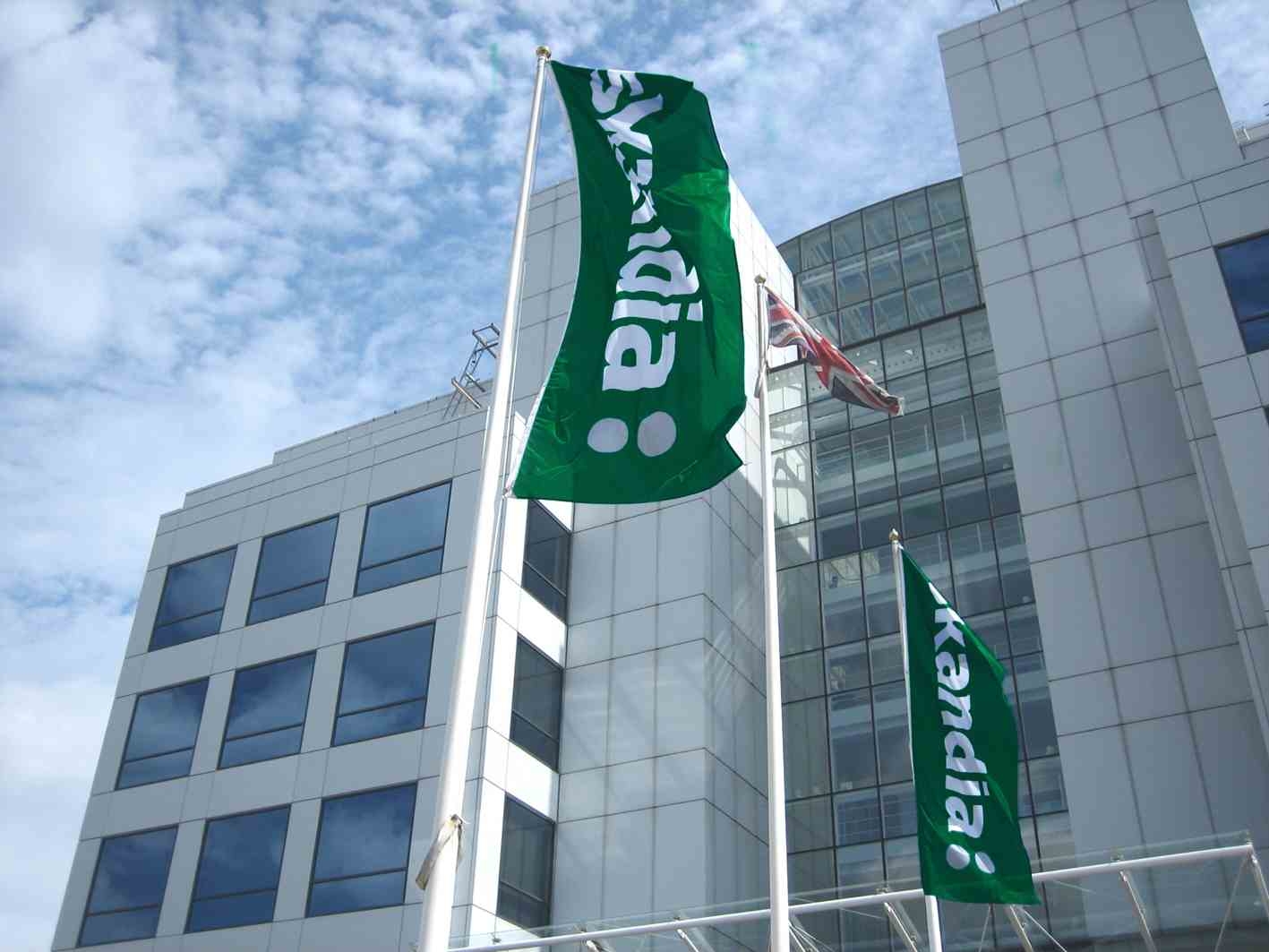
According to new research advisers' have different perspectives on whether using just one main platform jeopardises their independent status.
Just under half of advisers (48%) believe you can be independent and use just one main platform, but 40% believe you cannot, with 12% not sure, according to research carried out for Skandia.
The provider says that this shows the level of uncertainty regarding platform use and its impact on independence.
From a regulatory perspective, the FSA states "we expect it to be very rare, if possible at all, that a firm could use a single platform for all of the investment business of its clients and meet the standard for independence advice." However, an independent adviser can use one 'main platform' as long as they consider its suitability for each client and offer access to other platforms or off platform assets where appropriate. Therefore, the 48% of advisers who believe you can use one 'main platform' and remain independent are technically correct.
It is actually extremely common for advisers to use just one main platform. Data from Skandia shows that 40% of advisers use just one main platform with a few clients on other platforms, and 35% of advisers use two main platforms with a few clients on other platforms. This means 75% of advisers use no more than two main platforms. Only 1% of advisers use a large number of platforms and the trend is for advisers to focus on a few key partnerships.
This supports the findings from Investment Trends Pty Ltd who found advisers use an average of 2.2 platforms each for new inflows. They also found that being an adviser's primary platform is critical as advisers place 77% of new platform flows through their primary platform, with 17% going to their secondary platform, and just 6% going to all other platforms combined.
Investment Trends Pty Ltd also believe the top 3 platforms hold over half (51%) of primary adviser relationships. This suggests that for the majority of their customers, financial advisers are looking for a platform that offers a wide range of funds which they can use to build customer portfolios at a competitive cost.
The Skandia research* found that the number of platforms an adviser uses is unlikely to change post RDR. 72% of advisers state their model will stay the same post RDR, but interestingly, 20% say they will start to use more platforms post RDR. 8% claim they will use fewer platforms, perhaps indicating that these advisers are looking to offer a restricted advice model.
Nick Dixon, Skandia's marketing director, said: "Hopefully advisers will be reassured that they can use just one main platform without jeopardising their independence status provided they can justify individual suitability for their clients each and every time. Using one main platform is already common, and over three quarters of advisers are believed to be using one primary platform. For all platforms, winning primary relationships with advisers will be crucial."
* Skandia's Adviser Confidence Barometer survey. Q3 2012: 627 responses, conducted in August 2012
** Investment Trends Pty Ltd. Investment Trends report based on a quantitative online survey of financial advisers between the 28 July and 1 September 2011. 1095 total responses.

